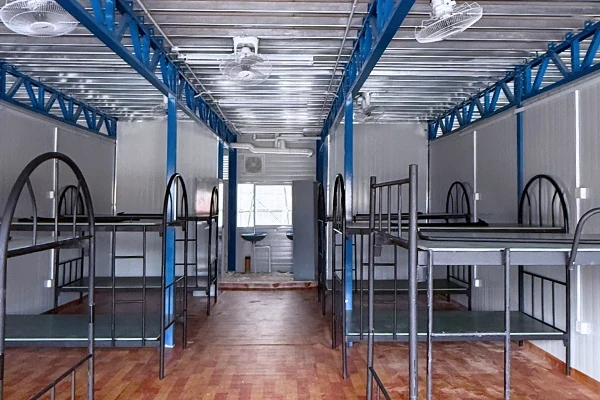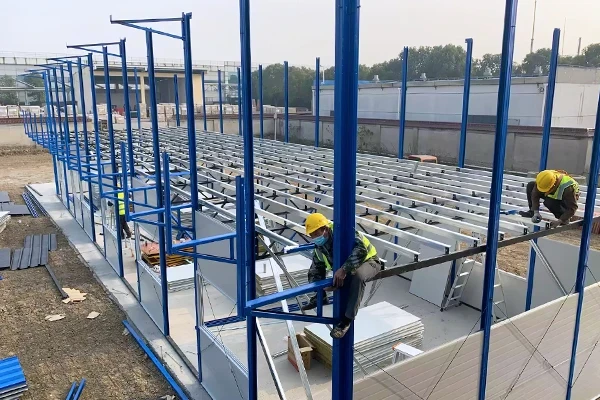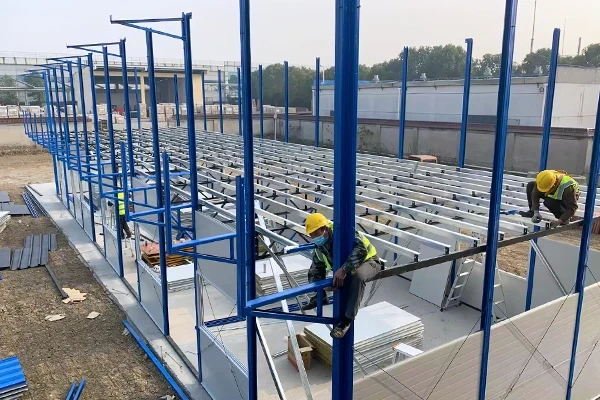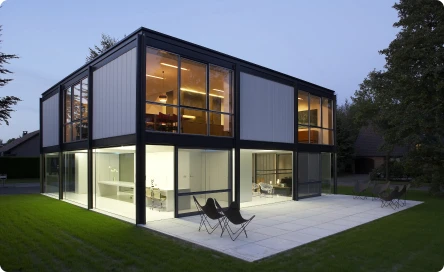Hit enter to search or ESC to close
If you’ve been tracking offsite construction like I have, you’ve probably seen the humble k type house quietly take over fast-deployment projects. ZN House’s K Type Prefabricated House comes with a slope roof, smart detailing, and—this matters—repeatable quality. It’s built in Fanxiang Village, Taoyuan Town, Wujiang District, Suzhou City, China, and ships globally. To be honest, the first thing that hit me was the speed: crews go from flatbed to lock-up in a day if the pad is ready.
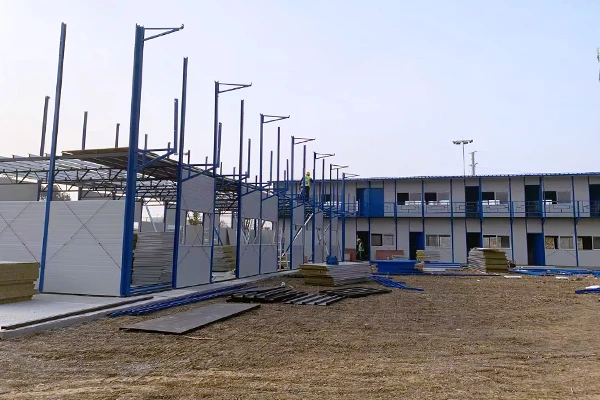
The broader market is pivoting to modular for three reasons: labor scarcity, compressed timelines, and ESG pressure to reduce waste. Actually, many customers say they want “less chaos” on site. The k type house answers with pre-engineered frames, sandwich panel skins, and a sheltered roofline that behaves better in rain-prone regions. We’re seeing them used as site offices, temporary clinics, guardhouses, classrooms, and even micro-retail pods. In disaster relief, they’re a lifeline—no drama, just get it done.
| Parameter | Typical Spec (≈, project-dependent) |
|---|---|
| Module size | ≈ 3.0–3.3 m width x 6–12 m length x 2.6–3.0 m eave |
| Frame steel | Galvanized Q235B, cold-formed, zinc coat ≈ Z275 |
| Wall/Roof panels | Sandwich panels: EPS, Rockwool, or PU/PIR; 50/75/100 mm |
| Thermal performance | λ ≈ 0.022–0.043 W/m·K (core-dependent) |
| Wind/seismic | Designed to local code; typical wind ≈ 0.6–0.8 kPa; seismic up to Intensity 8 |
| Fire classification | Rockwool: higher fire resistance; EPS/PU per EN 13501-1 / GB 8624 / ASTM E84 |
| Service life | ≈ 15–25 years with routine maintenance |
| Assembly rate | 2–6 hours/module with trained crew and prepared foundation |
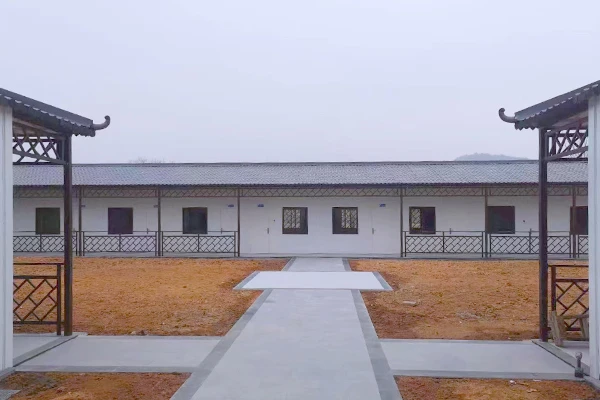
Materials: galvanized cold-formed steel for the skeleton; color-coated steel skins; insulated cores (EPS/RW/PU). Methods: CNC cutting, jig welding, and bolt-connected columns/beams to cut on-site sparks—safer and faster. Panels align via tongue-and-groove, so weather-tightness is easier to maintain.
Testing and standards: panel fire per EN 13501-1 or GB 8624 classification, surface spread per ASTM E84; wind and structural checks per ASCE 7 or local code equivalents; factories typically run ISO 9001/14001 systems. For insulated panels, EN 14509 guidance is a good anchor. ZN House, in my visit notes, kept a tidy QA bench with thickness gauges and salt-spray records—nothing flashy, just disciplined.
Service life and upkeep: repaint high-wear edges every few years, check sealants seasonally, and you’ll stretch the k type house well past the “temporary” label. Industries using it right now: construction, energy (remote substations), healthcare outreach, education, events, and municipal emergency housing.
| Factor | ZN House (K Type) | Vendor A | Vendor B |
|---|---|---|---|
| Lead time | ≈ 2–4 weeks after deposit | 3–6 weeks | 4–8 weeks |
| Customization | Door/window layout, panel core, color, electrical map | Limited | Moderate |
| Certs | ISO 9001/14001 (factory), panel tests on request | Varies | Varies |
| Warranty | Structure ≈ 10 years (typical) | 5–10 years | 5 years |
Case 1: A coastal contractor used the k type house as a chain of site offices. Even with ocean spray, the galvanized frame held up; minor repaint at 24 months, that’s it. Case 2: A township clinic extension—two modules joined—ran HVAC quietly thanks to PU panels. Patients noticed the temperature stability, which, frankly, is the point.
Customers often mention the “clean install.” Fewer wet trades, less noise. And surprisingly, the slope roof reduces debris buildup—small thing, big payoff after storms.
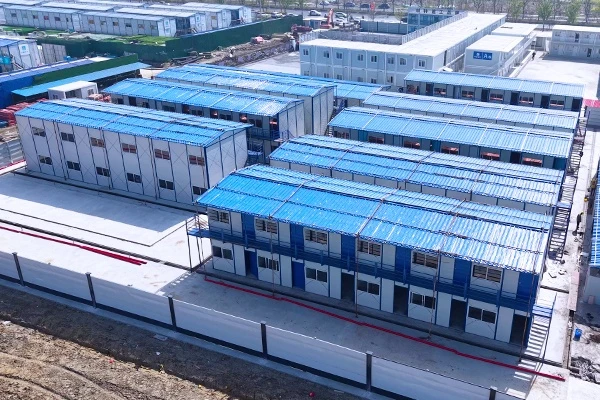
Options worth considering: rockwool cores for stricter fire regimes; PU/PIR for cold climates; upgraded door hardware for high-traffic sites; integrated raceways for plug-and-play MEP; and gutter kits if you’re in monsoon belts. ZN House ships from Suzhou with flat-pack kitting—labels are clear, and the bolt maps are beginner-friendly.
References:
[1] EN 14509: Self-supporting double skin metal faced insulating panels
[2] EN 13501-1: Fire classification of construction products
[3] ASTM E84: Surface Burning Characteristics of Building Materials
[4] ASCE 7: Minimum Design Loads for Buildings and Other Structures
[5] GB 8624-2012: Classification for burning behavior of building materials and products
[6] McKinsey: Modular construction—From projects to products (2019)
If you are interested in our products, you can choose to leave your information here, and we will be in touch with you shortly.

